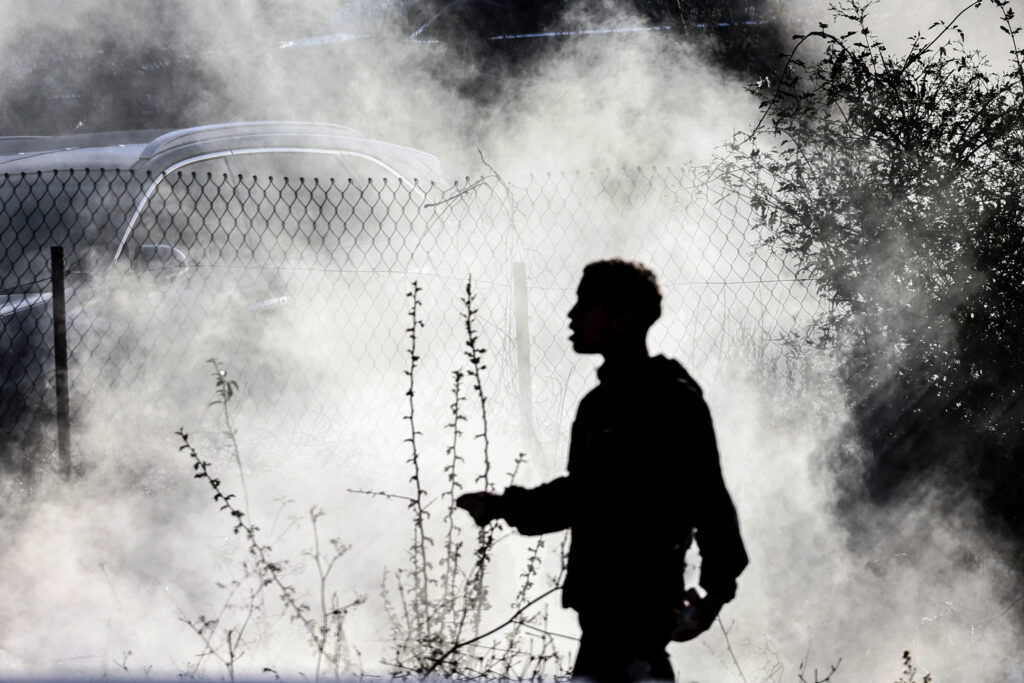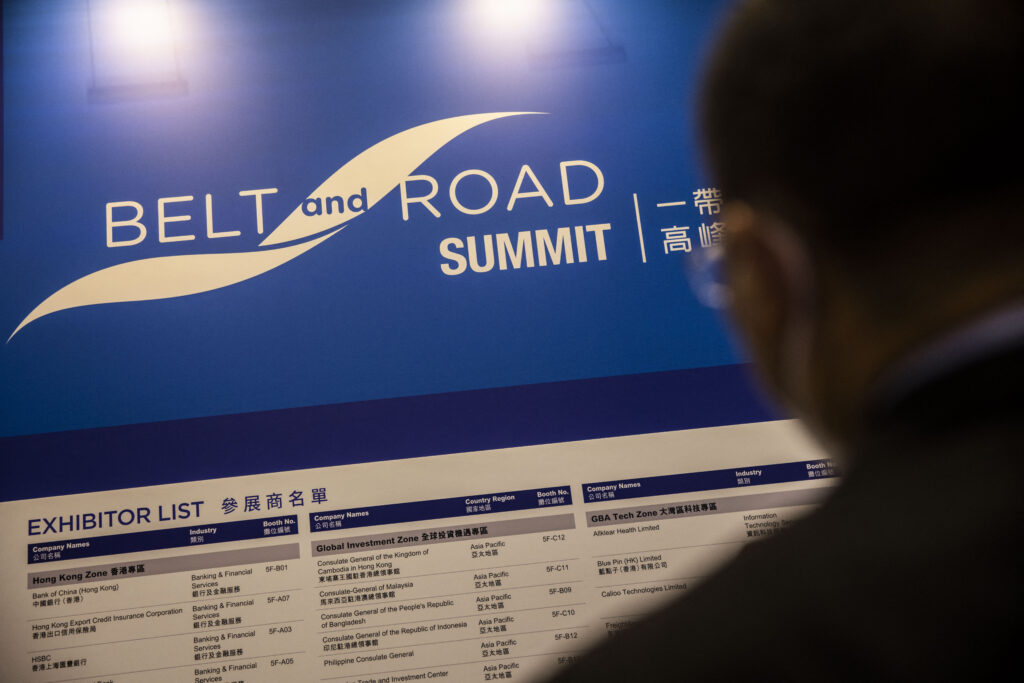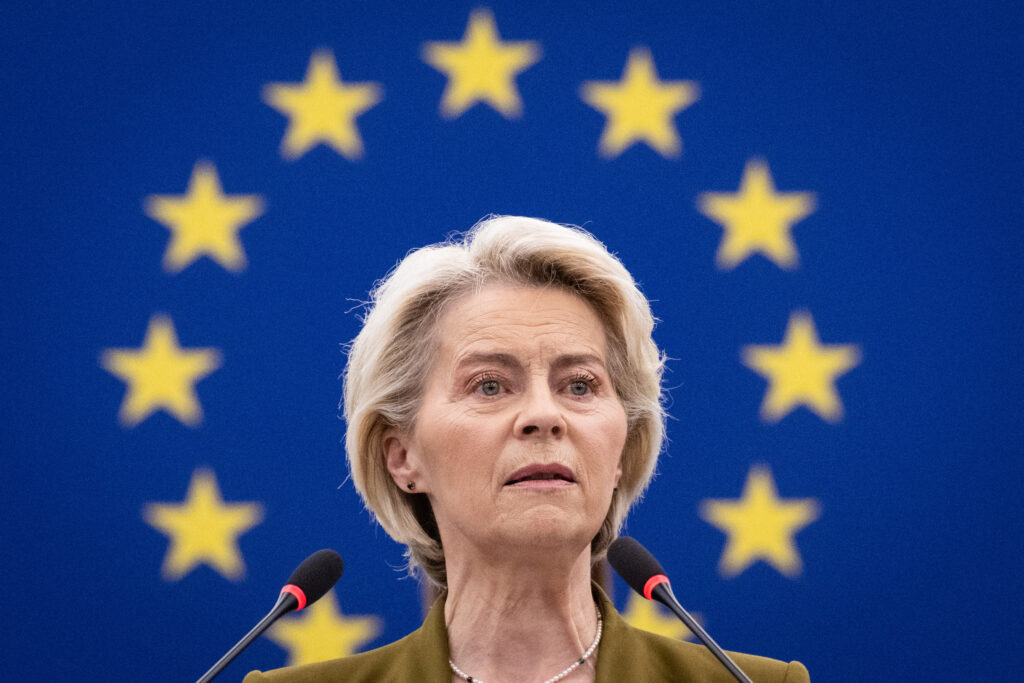The United Nations’ Women agency, in an explainer, stated categorically that the global climate crisis is not “gender neutral”, since women and girls experience the greatest impacts of this phenomenon, which in turn amplifies existing gender inequalities. Conversely, the findings by Project Drawdown, a non-profit organisation that researches on climate solutions, reveal that access to family planning services for women, girls, and couples, constitutes one of the top three solutions to combat climate change.
With the 28th session of the Conference of Parties (COP 28) taking place in the United Arab Emirates (UAE), mainstreaming climate concerns in the Arab region after last year’s edition in Sharm El Sheikh will now have to deliver on multiple fronts. National Adaptation Plans (NAPs) for climate change are expected to incorporate gender equality frameworks. What is the track record of Arab countries in this area, notably in the Gulf Cooperation Council (GCC) states, where one of them will host COP 28? Will economic diversification and climate-based solutions in these oil-producing states, on top of domestic reforms, help the cause of gender equality?
The Middle East Institute hosted the prominent Omani climate change activist, Rumaitha Al Busaidi, to address these questions and more.
This public talk was conducted online via Zoom on Tuesday, 21 March, from 4.00 pm to 5 pm SGT.
Speaker: Miss Rumaitha Al Busaidi, Board Director, Environment Society of Oman

Rumaitha Al Busaidi is an Omani marine scientist and environmental activist working on sustainable solutions to climate change. Her 2021 TED talk examining women as the key to our climate future has garnered more than a million views. Rumaitha serves on the board of the only environmental NGO in the country, the Environment Society of Oman, and actively works with the Omani government on sustainable diversification strategies in food production as well as climate change adaptation strategies. Internationally, she has advised the Biden administration on developing a climate resilience standard for US foreign aid focusing on empowering women as a form of climate mitigation, and the Arab League on empowering Arab youth in the climate change negotiations space.
Hailing from Muscat, Rumaitha is a member of the first-ever Arab Youth Council on Climate Change. She is also a co-chair of the World Economic Forum’s Davos Lab, where she co-authored the youth recovery plan featuring policy recommendations from over 2 million young people across the globe. Rumaitha holds an MPA from Harvard University, and is coined as the first female soccer analyst in the Arab World and the youngest Omani to step foot on the South Pole.
Listen to the podcast here:
Watch the talk here:
Key Takeaways:
Climate crisis is a multifaceted challenge, and one is the relationship between gender and climate change. As part of MEI’s Bridging the Gulf series, Research Fellow Dr Clemens Chay invited prominent Omani environmental activist, Rumaitha Al Busaidi, for a discussion on gender and climate change in the GCC. Here are the five key takeaways which paint a clearer picture of gender issues within the phenomenon of climate change:
1. The UAE plays a leading role in gender issues within climate change
The UAE is the only Gulf country and one of three in the MENA region, the other two being Lebanon and Morocco, which has adopted gender priorities in their NDCs (Nationally Determined Contributions). In her remarks, Ms Rumaitha stated that there is optimism for the rest of the Gulf, but they should not be followers (of the UAE), but rather initiators in their own contexts. In Oman, she noted that the HH Consort of Sultan has been driving climate change discussions since the accession of HE Sultan Haitham.
2. Climate change is not gender neutral
In terms of ecology, climate change does not discriminate between men and women, however, in terms of social effects, both groups are affected differently. Additionally, Ms Rumaitha highlighted that climate change amplifies gender inequality and presents unique risks to women. For instance, images of women walking and carrying water over long distances are ubiquitous in the developing world. Diminishing water sources affects them more acutely than men in the same community. At an individual level, women’s assets (i.e livestock stock, jewelry) are more liable to be sold to cope with “climate shocks” over men’s assets (i.e land, real estate). This widens the wealth gap between both genders, as statistics also show that 80% of refugees are females.
3. Resistance to accepting that gender and climate change are intertwined.
Although there is more information about gender and climate change in developing countries, there is increasing resistance to accepting and adapting. From a geographical standpoint, climate change negatively impacts developing countries more than the better-advanced ones. Culture and norms play a significant role in the resistance to recognising the gender dimensions of climate change policy. Furthermore, in developed countries, “gender blindness” can sometimes overlook important links or the need for different metrics. For example, the UAE is the only Gulf state with a “gender-aware” NDC.
4. Distribution of new information on climate change is unequal between men and women.
Having adequate access to climate change information shapes perceptions and how communities respond; in the absence of sufficient knowledge, risk aversion impedes the adoption of new policies and technologies. According to the climate activist, women are disadvantaged in decision-making due to the lack of information despite the fact that women are not more risk-averse as a whole. Moreover, evidence suggests that gender stereotyping and differentiated responsibilities cause variations in vulnerabilities to climate change.
5 . Discourses on gender and climate change must include men and women but avoid gender stereotypes.
Accepting the link between gender and climate change is only half the battle. While gender issues are increasingly present and addressed during the design and planning phases of climate change, they are less so during the implementation stage. For example, gender-disaggregated data collection is rare for climate change initiatives. Women are often viewed as the vulnerable party or a “damsel in distress” rather than equal stakeholders, or even an agent of change. In discussing climate change dicourses, a feminist perspective might help overcome some challenges, but Ms Rumaitha emphasised that men must play a part as well. A male “ally” might allow discourse on gender issues to be viewed more equally but there could be certain disruptors.





